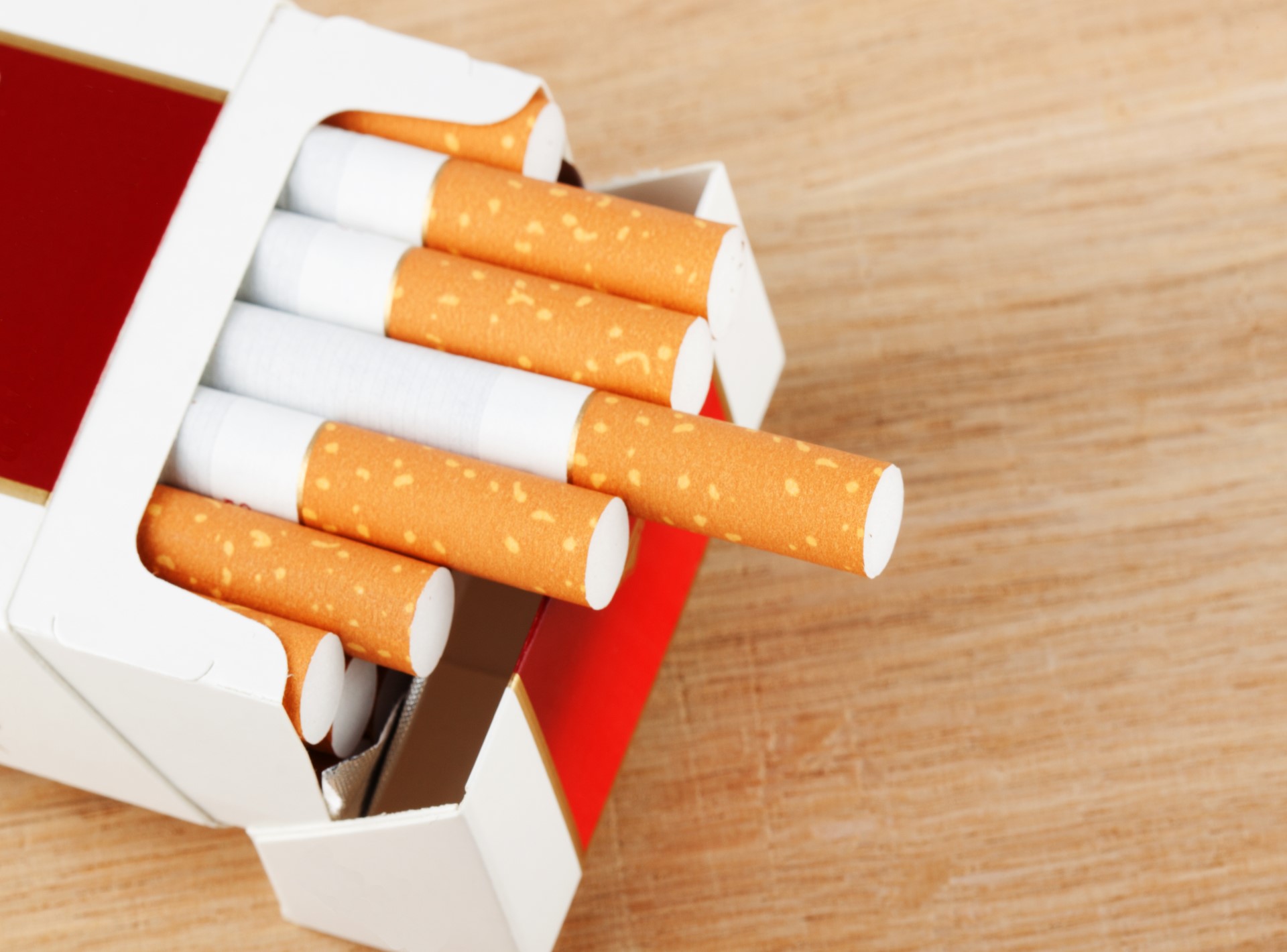New research into the impact of tobacco retailer licensing fees on tobacco availability has prompted public health experts to call on all Australian Governments to adopt a higher minimum standard of licensing to help drive down smoking rates.
Tobacco licensing was changed significantly in SA in January 2007, when the annual cost of retail tobacco licences rose 15-fold from $12.90 to $200. A new study published in the Australian and New Zealand Journal of Public Health, builds on prior research that showed that the initial fee increase led to an almost 24% decrease in the number of tobacco retailers within two years.
Across Australia, there is a mishmash of licensing laws applied to retailers for them to legally be allowed to sell tobacco and this variation extends to the license fee, with some jurisdictions not requiring a license, while others run a notification rather than license scheme.
Co-author Professor Caroline Miller, Director of Health Policy at the SA Medical Health Research Institute (SAHMRI), said that the latest analysis from 2009 to 2020 showed that large fee increases were needed to prompt retailers to re-evaluate the sale of tobacco.
“Since 2007, the fee in SA has only gradually been increased in line with indexation,” Prof Miller said.
“In the latest analysis, we found that the number of licenses has continued to fall from 2,707 in 2009 to 1,810 in 2020, a 33% decline over 11 years. However, this was only an incremental change.
“We also found that the remaining tobacco licences were even more concentrated in lower socio-economic areas. We need another fee increase to continue to reduce tobacco availability and support our community to quit, especially our most vulnerable.”
While a significant fee increase in 2007 led to a dramatic drop in licence holding (23.7% over two years), the 33% long-term decline suggested that only incremental changes followed indexation-only price increases to retailers.
Although gradual price increments due to annual indexation may have discouraged some retailers, large fee increases were more likely to prompt retailers to re-evaluate the sale of tobacco.
Adjunct Prof Terry Slevin, CEO of the Public Health Association of Australia, believed it was ‘bizarre’ that a product that has proven to be deadly is still so widely available in an enormous number of retail outlets.
“Tobacco is still the leading preventable cause of death and disability in Australia, yet continues to be sold in most supermarkets, corner stores, petrol stations, pubs, and many other venues. No state or territory has any restriction on the number of outlets that can sell tobacco,” he said.
“Tobacco smoking is estimated to cost Australia $137 billion, with those costs spanning health care and health system costs, loss of productivity, impact to families caring for someone with a tobacco caused illness, as well as ill health to individuals. Everyone else is left to pick up the cost and impact of tobacco, while retailers get off dirt cheap.
“Tobacco licensing regulation in Australia is currently woeful and woefully inconsistent. In some states such as Victoria there is even no need for a licence to sell tobacco. In NSW you only need to let the government know once if you intend to sell cigarettes. In some states, the licence fee is ridiculously cheap.”
The study found that food service and hotel/motel outlets, which held 50% of all licences in 2009, had the largest reductions (-459 and-246, respectively), but by 2020, service stations had become the most common outlet type, increasing by 52 licences.
The absolute number of licences in supermarkets was relatively stable (-18), but in 2020 it comprised 22% of all licences, up from 16% in 2009. Among the less common outlet types, there were increases in tobacconist/vaping store licences (+28) but decreases in liquor stores (-59) and goods/service retail (-74). Licence numbers decreased across all areas, and the greatest percentage reduction was observed in the CBD (-52.8%).
The number of vending machine operators declined from 544 in 2009 to 198 in 2020 (-63.6%). Significant changes in outlet distribution were also observed. Food service venues and tobacconists ceased operating vending machines entirely. While hotel/motels and other venues more than halved their numbers, most remaining vending machines were in hotels/motels (91.4%).
However, as in 2009, licences in 2020 were highly skewed towards the most disadvantaged areas.
“The Government has committed to a target of decreasing smoking rates to below 10% by 2025, and to 5% or less by 2030.The National Tobacco Strategy has a number of actions relating to licensing, including considering restricting or prohibiting the sale of tobacco products in premises where alcohol is consumed, including vending machines; banning or restricting the sale of tobacco online and through smartphone applications; and considering a framework for a national licensing scheme,” Adjunct Professor Slevin said.
“To achieve lower smoking rates the Government is going to need a range of strong strategies in place. It is time to put licensing on the radar and ask the question – do we really want tobacco this readily available?”
The authors noted that recent legislation in NZ will limit the number of tobacco retailers in 2024 to a maximum of 600, an estimated 90% reduction in the current amount, while in the Netherlands, a stepwise prohibition on tobacco sales in all but specialist tobacco retailers has been proposed, with a world-first end to supermarket sales planned forJuly2024.


